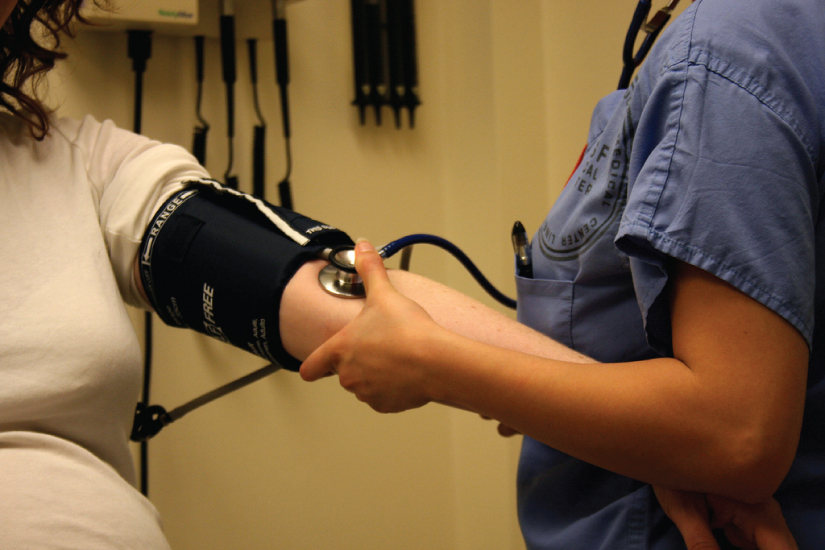
|

1.1 An introduction to the human body Read Online
1.2 The chemical level of organization Read Online

After studying this chapter, you will be able to:
Though you may approach a course in anatomy and physiology strictly as a requirement for your field of study, the knowledge you gain in this course will serve you well in many aspects of your life. An understanding of anatomy and physiology is not only fundamental to any career in the health professions, but it can also benefit your own health. Familiarity with the human body can help you make healthful choices and prompt you to take appropriate action when signs of illness arise. Your knowledge in this field will help you understand news about nutrition, medications, medical devices, and procedures and help you understand genetic or infectious diseases. At some point, everyone will have a problem with some aspect of his or her body and your knowledge can help you to be a better parent, spouse, partner, friend, colleague, or caregiver.
This chapter begins with an overview of anatomy and physiology and a preview of the body regions and functions. It then covers the characteristics of life and how the body works to maintain stable conditions. It introduces a set of standard terms for body structures and for planes and positions in the body that will serve as a foundation for more comprehensive information covered later in the text. It ends with examples of medical imaging used to see inside the living body.
Question: T-helper cells are also known as _____________________.
Choices:
CD4
CD8
CD25
C1
Question: Secondary lymphoid tissue in adults includes all of the following except:
Choices:
lymph glands
bone marrow
spleen
MALT
Question: Which of the following is considered a first line defense in the immune system?
Choices:
antibody formation
unbroken skin
activation of complement
general inflammation
Question: IgM is consider what class of antibody?
Choices:
Monomer
Dimer
Tetramer
Pentmer
Question: Mast cells are associated with which antibody class?
Choices:
IgG
IgE
IgM
IgA
Question: How many paratopes are located on the IgM immunoglobulin?
Choices:
2
4
5
10
Question: How many antibody isotypes do humans produce?
Choices:
3
4
5
6
Question: Plasma cells are
Choices:
B-cells
T-cells
Monocytes
Mast cells
Question: The strength that an antibody has in a specific antigenic reaction is known as
Choices:
Affinity
Avidity
Specificity
Muscles
Question: Where are T-cells differentiated?
Choices:
thymus
bone marrow
lymph glands of the groin
all of the above
Question: Affinity refers to the __________________________ that an antibody expresses in association with a certain specific antigen.
Choices:
attraction
strength
repulsion
all of the above